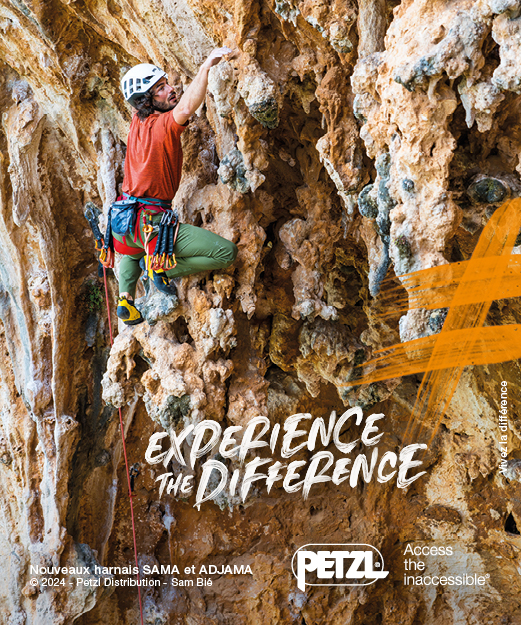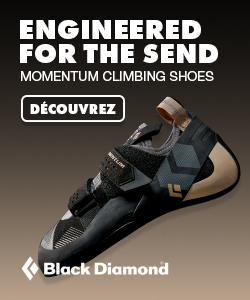Route setting tips to limit injury potential

With so many options for movement, routesetting is such a creative act. Minimizing injury in the gym or competitions must involve good choices on both the part of the setter and the climber. In general, as climbing is of course a dangerous activity, we know that we can be injured in a variety of ways. Chris Danielson is one the most renowned American route setters. In this article, he gives us route setting tips to limit injuries.
“With route climbing, this means considering swing hazards, whether on top rope or lead, clipping positions, and the relative degree of difficulty lower in the climbing, where a climber could be likely to ground fall or take a hard swing into a belayer.
With bouldering, falling is part of the activity. And usually, climbers may be failing more than succeeding, if pushing themselves. This means thinking about lateral movement and especially higher, dynamic moves, and the falls one can take. When placing holds around other existing problems, we also want to think through implications of a climber on one problem. And potentially hitting another, in the act of falling.

Or, if one problem has a dynamic jump on a vertical wall, moving dynamically upwards, we would want to be careful not to have large protruding shapes in that area that might obstruct the climber, in the act of climbing or falling.
Limit tendon or pulley issues
With creating specific movements, routesetters also can be aware of common strains on the muscles or tendons that can create injury. Some gyms or routesetters will strictly limit the use of small pockets entirely, for example. As some believe pockets may be more likely to cause tendon or pulley issues.
Anything that involves a proportionally high degree of strain on one particular area during a movement, are things both routesetters and climbers alike can take caution with. This could be something simple like pulling most of one’s body weight on a very small crimp. Or it could be more full body movements. For instance a hard drop-knee or a shoulder-press above the head.

Route setting : anticipate
The challenge for routesetters is that what climbers may do is really in their own hands. So we can only do our best to anticipate. Especially with respect to a climber’s own body and knowing when to push, where to pull and how to stay cautious with movement that may create injury, every climber should be aware of their own limitations.
Whether when setting to be explore creativity, to challenge a field with a specific level of climbing or style, or when considering safety, like difficult body positions or falls, as routesetters our awareness is about what’s likely for everyone we can imagine in the climbing situation.
For the individual person, as in climbing in general, their focus also must be on their own body awareness. In the perfect world, we create interesting climbing movements. Ask intriguing questions of climbers. And they try to solve them. If nobody gets hurt, climbers have fun, and people have a reasonably fair chance to succeed, then everybody wins! Well… except in competitions 😉








